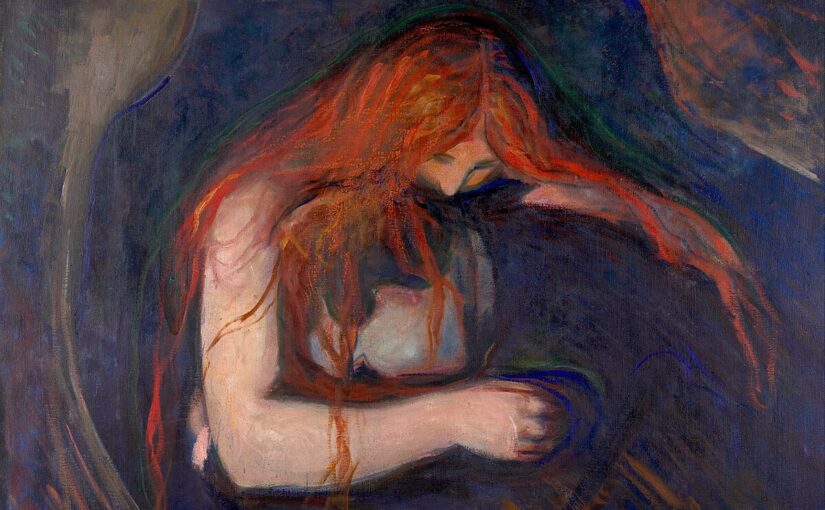At the beginning of Chapter 9, Basil visits Dorian to console him about Sybil and is surprised to find him quite at peace. In his explanation of his quick emotional recovery, Dorian says of Sybil, “She lived her finest tragedy. She was always a heroine. The last night she played – the night you saw her – she acted badly because she had known the reality of love. When she knew its unreality, she died, as Juliet might have died. She passed again into the sphere of art. There is something of the martyr about her. Her death has all the pathetic uselessness of martyrdom, all its wasted beauty” (Wilde 93-94). In this passage, Dorian considers Sybil’s death as a final act of theater, which he finds pleasing. He continues to use theater terminology, framing her life as a “tragedy” and declaring that she “was always a heroine.” This is true, at least in Dorian’s mind. To Dorian, Sybil was never more than the characters she played on the stage. He reiterates this by once again comparing her to Juliet, suggesting that her death was merely a completion of her character arc. Looking back, Sybil’s death was certainly foreshadowed as her final performance was as Juliet, a character famously known for dying for love. In Dorian’s eyes, Sybil was inseparable from Juliet or whatever role she was playing; he only ever appreciated her as a piece of art and never saw her as her own individual person. Thus, in her dramatically canonical death, Dorian once again expresses his admiration because she fulfilled the narrative he expected. He also mentions her “wasted beauty,” which for him means not only her physical appearance but also the way in which she expressed beauty through her performance. To Dorian, Sybil simply is art, and he only loves her when she is conforming to that image.
This moment underscores the novel’s broader implications about Aestheticism and Decadence in the fin de siècle. Dorian embodies Aestheticism in his worship of beauty and art, which is channeled through Sybil. When she fails to perform art because of her individual human emotions, Dorian loses all interest. This reveals the dark side of Aestheticism, Decadence, because in reality Sybil is not a piece of art but a real person who dies a real death. Dorian’s moral corruption is exposed by the fact that he expresses no remorse for Sybil and instead is pleased that in her death she returned to art and beauty. Through Dorian’s character, Wilde implies the detrimental effects of an obsession with art. Sybil’s death was Dorian’s first sin, as it is the first flaw to show in the portrait, so it is this all-consuming Aestheticism which incites his own moral degradation, making him an embodiment of Decadence.
